When the temperature drops close to absolute zero, some substance undergo a sudden chemical
change and become a "superconductor" with almost no resistance. The temperature at which
matter begins to take on this strange "superconducting" property is called the critical temperature.
Needless to say, the critical temperature of various substances is not the same.
You know, ultra-low temperatures are not easy to get, and people pay a huge price for it.
The closer we get to absolute zero, the greater thecost. Therefore, our requirement for
superconducting materials is, of course, the higher the critical temperature, the better.
There are many elements with superconducting properties, among which niobium has the
highest critical temperature. Alloys made of niobium, with critical temperatures as high as
18.5-21 degrees absolute, are currently the most important superconducting materials.
A large portion of the world's niobium is used in the production of nickel, chromium
and iron-based superalloys in pure metallic form or in the form of high purity ferric niobium
and niobium nickel alloys. These alloys are used in jet engines, gas turbine engines,
rocket components, turbochargers and heat-resistant combustion devices. Niobium
forms a γ "phase in the grain structure of the superalloy. These alloys generally
contain up to 6.5% niobium.
Niobium C-103 Alloy is a niobium alloy containing 89% niobium,
10% hafnium and 1% titanium, which can be used in liquid rocket propulsion nozzles, such as
the main engine of the Apollo lunar module. The Apollo service module used another
niobium alloy. Since niobium begins to oxidize above 400°C, a protective coating
must be applied to its surface in order to prevent it from becoming brittle.
Tag: High RRR Niobium material for SCRF C-103 Niobium Hafnium alloy
-
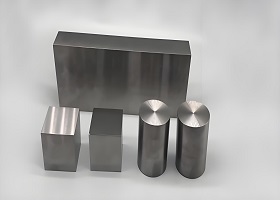
Introduction of Niobium Tungsten alloy materials
2025-01-09 -
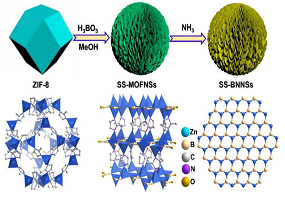
Boron nitride coating
2024-10-31 -
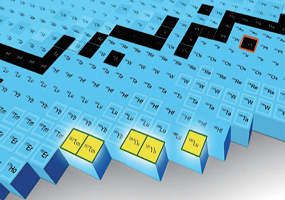
Scientists from the United States, Japan and South Korea have discovered five new isotopes
2024-10-10 -
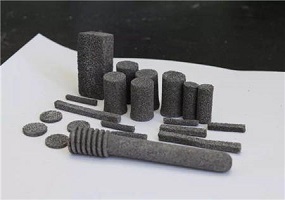
Porous tantalum materials for surgical implants
2024-05-29 -
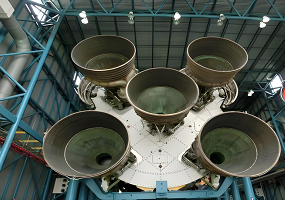
The application of niobium alloy and its coating for aerospace applications, and the development of other aerospace alloy materials are introduced
2024-05-13 -
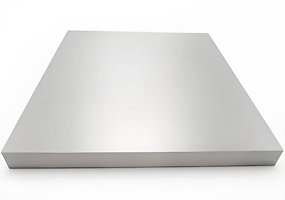
Superconducting applications of Niobium
2024-05-07 -
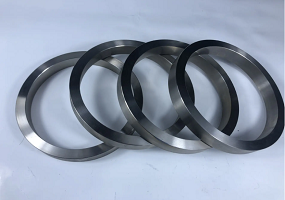
Method for determination of niobium content in Ti45Nb alloy
2023-09-14 -
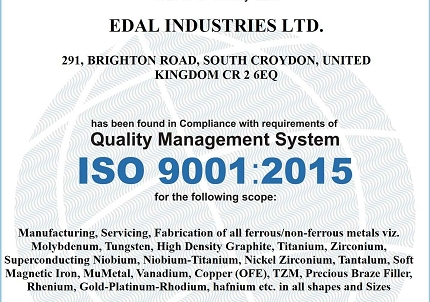
ISO 9001:2015 Certificate
2023-04-09 -
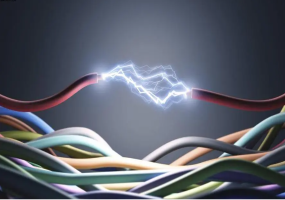
Niobium sheet with wide width barrier layer for superconducting wire
2022-12-29 -
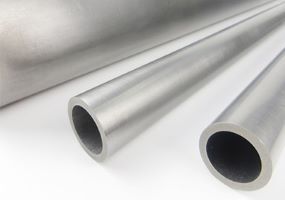
Method of producing superconducting niobium pipe
2022-12-30


